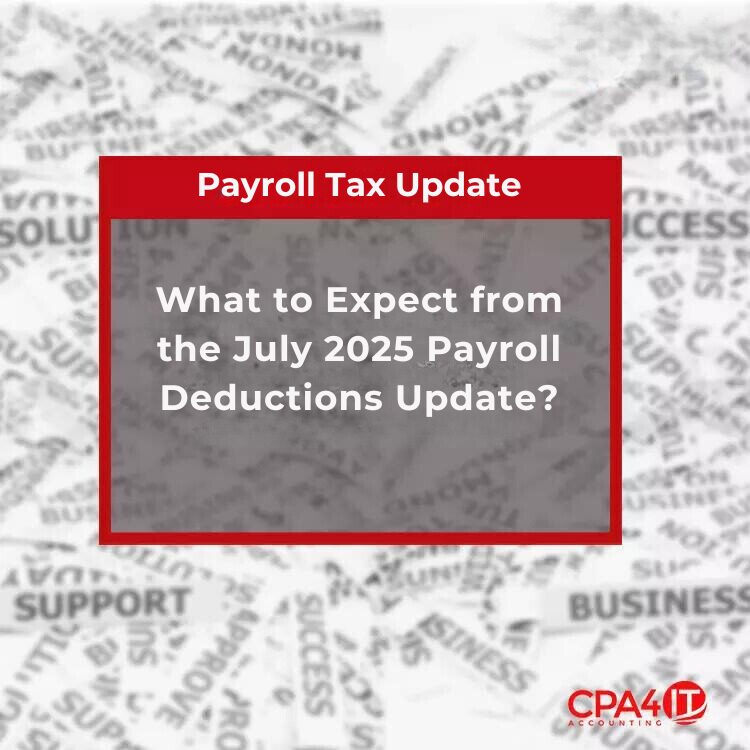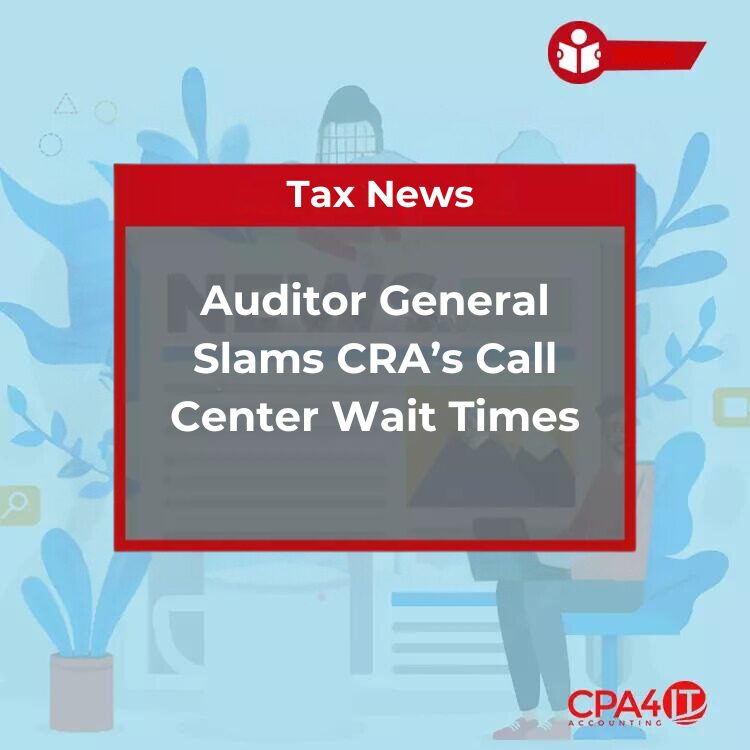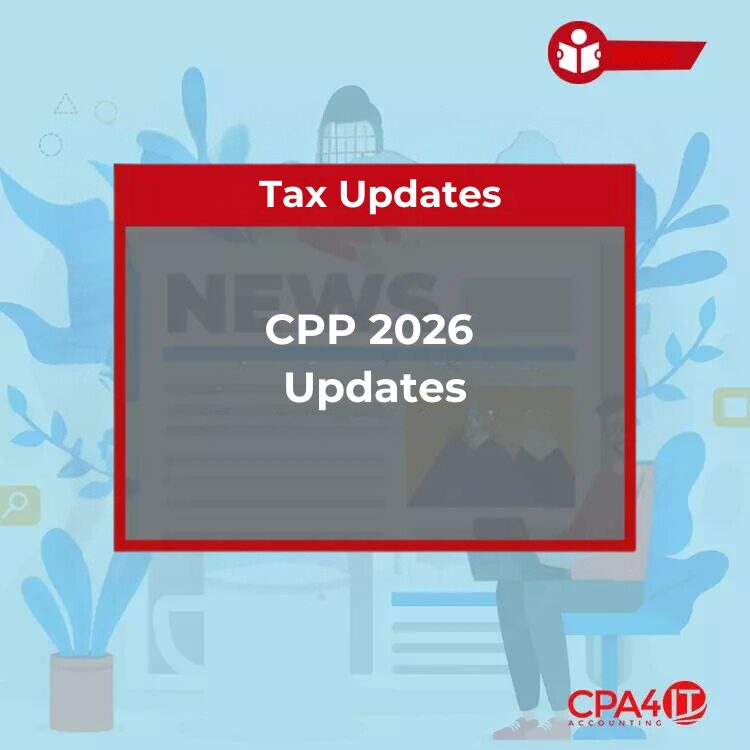As we move into the second half of 2025, both employers and employees should be aware of important updates to payroll deductions that will take effect starting July 1, 2025. These changes are a direct result of recent federal and provincial budget announcements, and the Canada Revenue Agency (CRA) has updated its payroll deductions tables accordingly. Here’s what you need to know.
Why Do Payroll Deductions Change in July?
When federal, provincial, or territorial governments announce changes to income tax calculations—often as part of their spring budgets—the CRA updates its payroll deductions tables mid-year, typically in July. This ensures that payroll systems across the country, including those used by ADP Canada, remain aligned with the latest tax rates and thresholds.
The CRA’s payroll deductions formulas are used to calculate:
- Federal, provincial (except Québec), and territorial income taxes
- Canada Pension Plan (CPP) contributions
- Employment Insurance (EI) premiums
- Deductions for other income sources such as commissions, pensions, bonuses, and retroactive pay increases
Revenu Québec maintains similar formulas for Québec income tax, Québec Pension Plan (QPP) contributions, and Québec Parental Insurance Plan (QPIP) premiums.
When tax changes are effective retroactively, the July update uses prorated amounts for the last six months of the year to balance out the amounts used in the first half.
Federal Changes: Lower Personal Income Tax Rate
On May 14, 2025, the Government of Canada announced a reduction in the lowest marginal personal income tax rate from 15% to 14%, effective July 1, 2025. Since income tax is calculated on an annual basis, the full-year tax rate for 2025 will be 14.5% to reflect the 1% cut coming into effect halfway through the year. For 2026 and future years, the rate will be 14% [1].
What does this mean for employees?
- Starting July 1, 2025, individuals with income subject to source deductions (such as employment income) could have tax withheld at the new 14% rate.
- If payroll systems are not updated immediately, or if individuals have other sources of income, the tax relief will be realized when filing 2025 tax returns in spring 2026.
Provincial Changes: Highlights
Alberta
- A new tax rate of 8% will apply to the first $60,000 of an individual’s taxable income.
- For the first half of 2025, employees were taxed at 10% on this bracket. To balance this, a prorated rate of 6% will apply for the last six months, starting with the first payroll in July.
- From 2026 onward, the $60,000 threshold will be indexed, and the 8% rate will apply to the first tax bracket.
Basic Personal Amount (BPA) Changes
Several provinces have announced changes to their basic personal amounts (the amount of income an individual can earn before paying provincial income tax). These changes will also be prorated for the last six months of 2025:
| Province | Current BPA | Updated BPA | Prorated Amount (July–Dec) |
|---|---|---|---|
| Manitoba | $15,969 | $15,780 | $15,591 |
| Nova Scotia* | $8,744 | $11,744 | $14,744 |
| Prince Edward Island | $14,250 | $14,650 | $15,050 |
| Saskatchewan | $18,491 | $19,491 | $19,991 |
*Note: Nova Scotia used a formula based on total income to calculate an employee’s BPA for the first six months, resulting in a range from $8,744 to $11,744. To offset the lower BPA in the first half, employees could see their BPA increased to $14,744 for the last six months.
What Should Employers and Employees Do?
- Employers: Ensure your payroll software is updated to use the new CRA payroll deductions tables as of July 1, 2025. This will ensure accurate withholding for both federal and provincial taxes.
- Employees: Be aware that your net pay may change starting in July due to these updates. If you notice a difference in your take-home pay, it is likely due to the new tax rates and BPA adjustments.
If you have questions about your specific situation, consult your payroll provider or a tax professional.
We Can Help!
Tax changes can be complex, especially when they are implemented mid-year and involve retroactive adjustments. If you are still unsure, don’t worry, we are here to help! We have been helping small business owners organize finances, create wealth, and transform wealth into a legacy for over 30 years! Click here to book a FREE consultation to learn how we can help you pay less tax and retain more of your hard earned money.




